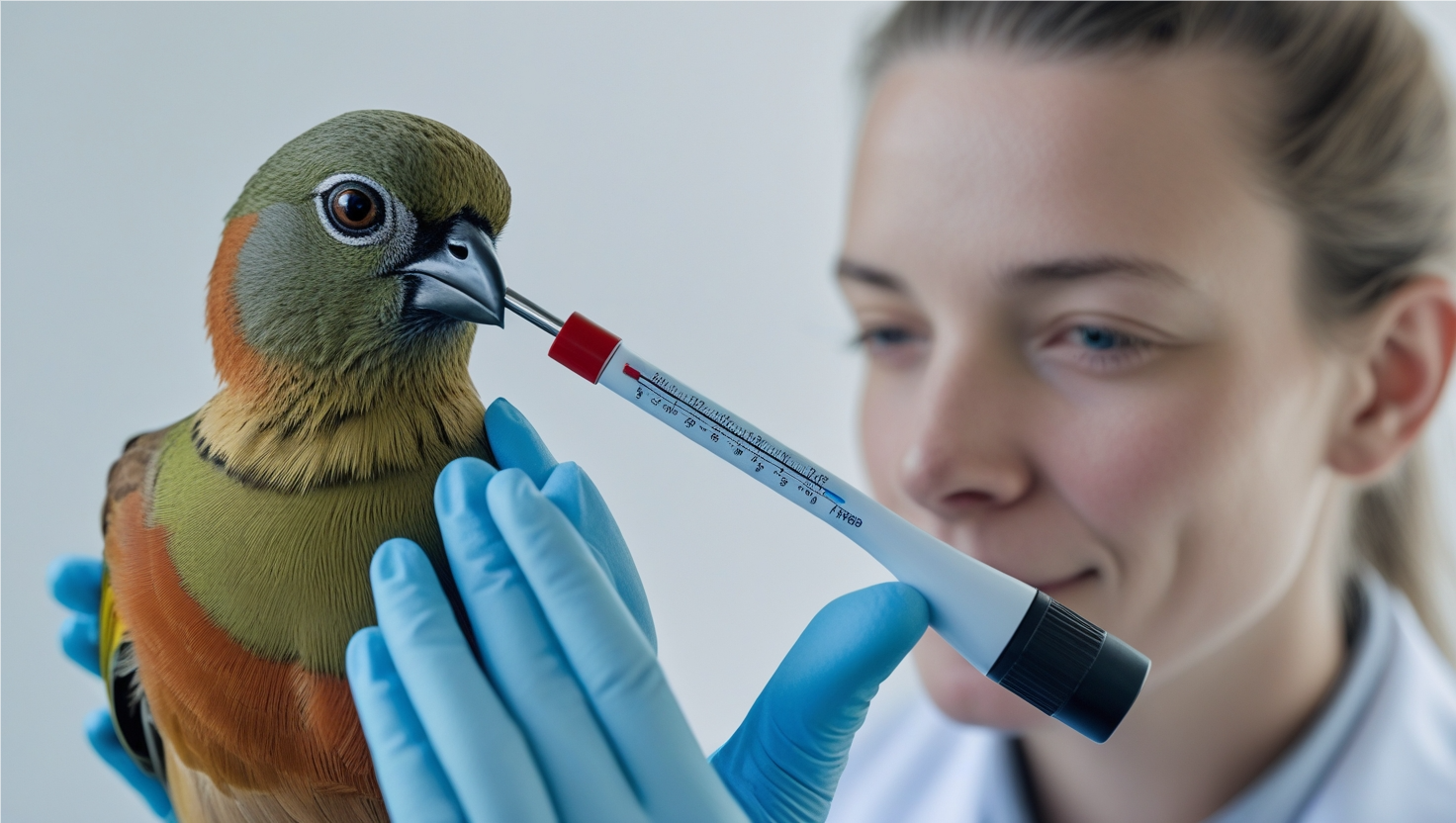
Rats and Bird Flu: PMP's Need to Know

A recent USDA report has raised concerns in the pest control industry, specifically around the discovery of four black rats testing positive for highly pathogenic avian influenza (HPAI) in Riverside County, California. This development has left pest control professionals wondering how bird flu might impact their work and whether it could affect pest management practices in the long term.
The Black Rat (Roof Rat) and Bird Flu Findings
In late January, four black rats from Riverside County, California, tested positive for HPAI (H5N1), a strain of bird flu. These rats were found in proximity to two infected poultry farms, which is how they were initially linked to the outbreak. The U.S. Department of Agriculture (USDA) confirmed these results in February, and the findings are now under scrutiny.
While this news has caught the attention of pest control experts, it’s essential to note that there is no current evidence suggesting that rodents, like black rats, can directly transmit HPAI to humans or other animals. Mike Bentley, Director of Education and Training for the National Pest Management Association (NPMA), emphasized that while rodents might harbor pathogens, they are not considered competent vectors for HPAI at this time.
Pest Control Experts: Erring on the Side of Caution
Despite the lack of direct evidence showing rodents as vectors for the bird flu, it’s crucial for pest management professionals (PMPs) to take precautions when working in high-risk areas. The CDC has designated certain regions as higher risk for bird flu exposure, and PMPs should be vigilant about wearing appropriate personal protective equipment (PPE) while working in these zones.
Bentley suggests that safety should always be the priority, even if the risks seem low. It’s best to err on the side of caution by utilizing PPE, such as gloves, masks, and eye protection, when handling any rodent carcasses or working in affected areas.
NPMA’s Role in Monitoring Bird Flu and Rodent Risks
The NPMA is actively tracking developments from the CDC and USDA regarding the bird flu outbreak. Bentley pointed out that the association has been invited to participate in weekly USDA discussions surrounding avian flu and the efforts to limit transmission. NPMA is working to maintain open communication with federal and state agencies to address both the public health risks posed by bird flu and the interests of the pest control industry.
The association is also advocating for pest control workers, who play an essential role in maintaining public health. By staying in contact with the CDC and USDA, NPMA ensures that pest management professionals have access to up-to-date information and the necessary resources to handle any potential risks.
Will This Affect Rodenticide Regulations in California?
With the USDA’s findings about HPAI-positive black rats, one pressing question is whether these results will influence California’s existing rodenticide restrictions. While it’s too soon to tell, Bentley noted that the recent discovery underscores the importance of having full access to the tools needed to combat these dangerous pests.
As pest management specialists, it’s critical that we remain proactive in ensuring that all available pest control measures, including rodenticides, remain effective and accessible. Keeping a close eye on regulatory changes will be essential as we navigate these new challenges in the industry.
Conclusion: Staying Informed and Safe
The discovery of HPAI-positive rats in Riverside County highlights the importance of staying informed and vigilant in the fight against public health pests. While the risk of rodent transmission of bird flu remains unproven, the NPMA and pest control specialists must continue to prioritize safety and proper precautions when working in areas affected by the outbreak.
By working together and maintaining communication with federal agencies, pest control professionals can continue to protect public health while navigating the evolving landscape of pest management and disease risks.



